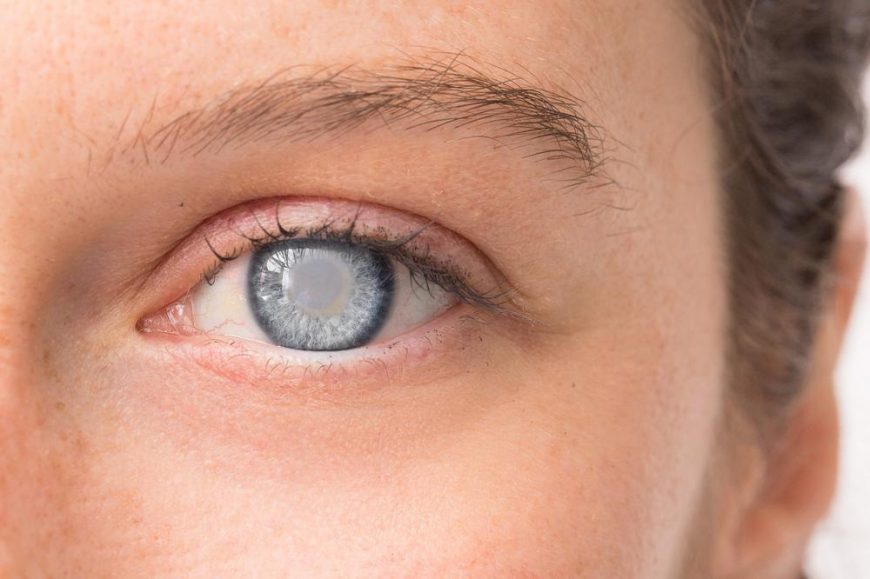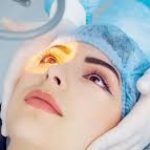
 By Eli Zaret, Spokesman Yaldo Eye Center
By Eli Zaret, Spokesman Yaldo Eye Center
Three million times a year, or about 12,000 times each work day, an American gets cataract surgery. It is the most frequently performed operation in the country according to the organization Prevent Blindness America. With tiny instruments, the hardened, cloudy lens is quickly removed and an artificial lens is inserted in its place.
As a recent patient of Dr. Yaldo put it, “cataract surgery was quick and easy — maybe five minutes — and it was like a miracle. I couldn’t believe how well I could see right after the first eye was done.”
According to Dr. Yaldo, who has performed many thousands of cataract surgeries, “it’s probably the most successful surgery we have — it has a nearly 100% percent success rate.”
In recent years, improvements in multifocal implants has made cataract surgery the choice of millions who can afford to upgrade from standard lenses which only serve to improve distance vision. By their late 40’s, when reading issues (presbyopia) have set in, many people get the multifocal lenses then, and for several good reasons.
Besides the joy and comfort of renewed vision excellence, life gets better for a multitude of reasons. “When people see better, they can also move more and get more exercise,” notes Dr. Yaldo. “It’s important to get the best vision you can have. Older patients can see their pills and medication more clearly and may be more likely to take them and also take the right ones.” The surgery also improves contrast, decreasing the risk of accidental deaths from falls or driving.
The fact is, you will most likely get cataracts at some point. Michigan Cataract surgeon, Dr. Yaldo touts the wisdom of not waiting until a cataract seriously affects vision. “The longer you wait, the more difficult the operation. It’s easier to remove cataracts before they become too hardened. And since they must eventually come out, waiting is of no value.”
 For younger people who want to delay the onset of cataracts, Dr. Yaldo offers lifestyle suggestions:
For younger people who want to delay the onset of cataracts, Dr. Yaldo offers lifestyle suggestions:
- Wear a hat or sunglasses that block 100 percent of UV rays
- Eat foods rich in vitamin E (spinach, almonds, sunflower seeds, sweet potatoes)
- Eat carotenoids lutein and zeaxanthin (in kale, spinach and other dark green leafy vegetables)
- Eat Omega-3 fatty acids (in spinach and oily fish like mackerel, salmon and sardines)
Lastly, learn about cataracts. Do your homework. Become well-informed about the operation, its aftermath and the various lens options now available.”
Also, have confidence in your doctor. Experience matters. And Dr. Yaldo will match his with anyone in the country!
